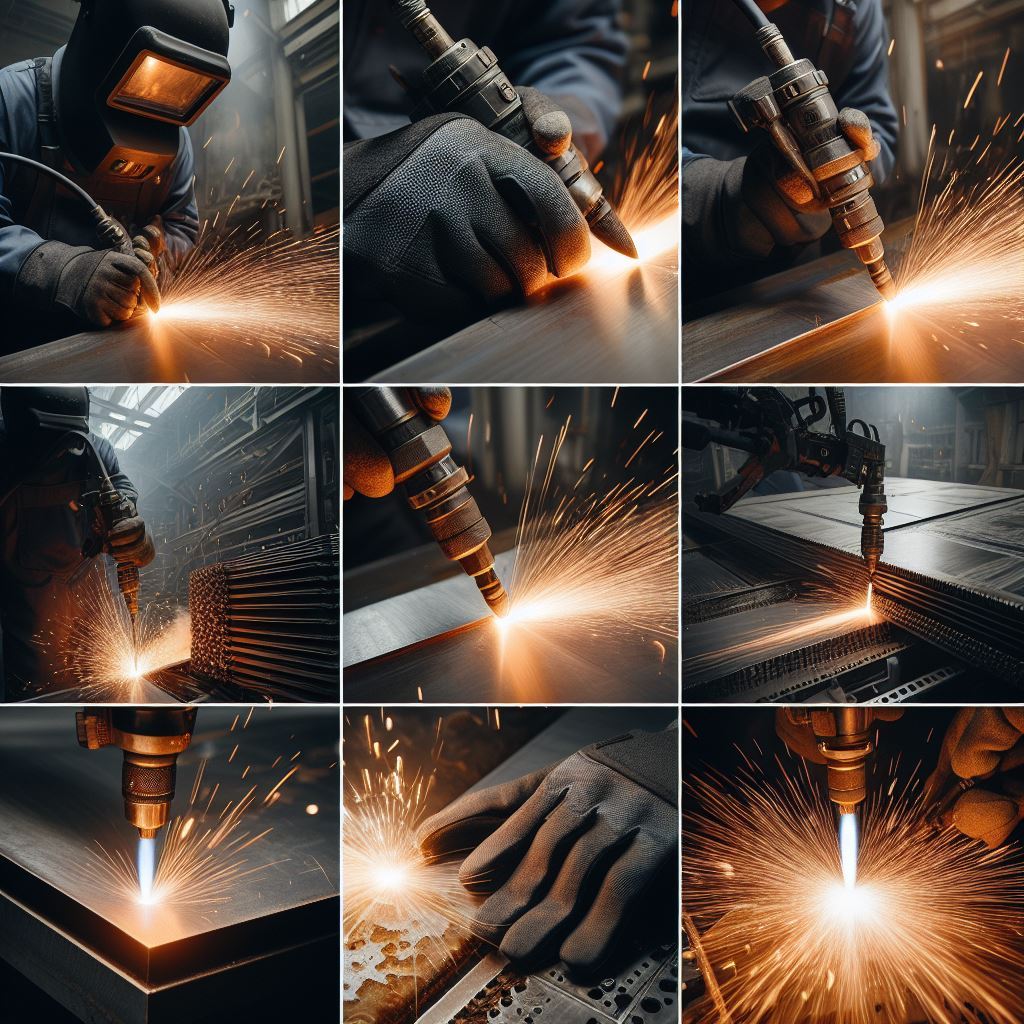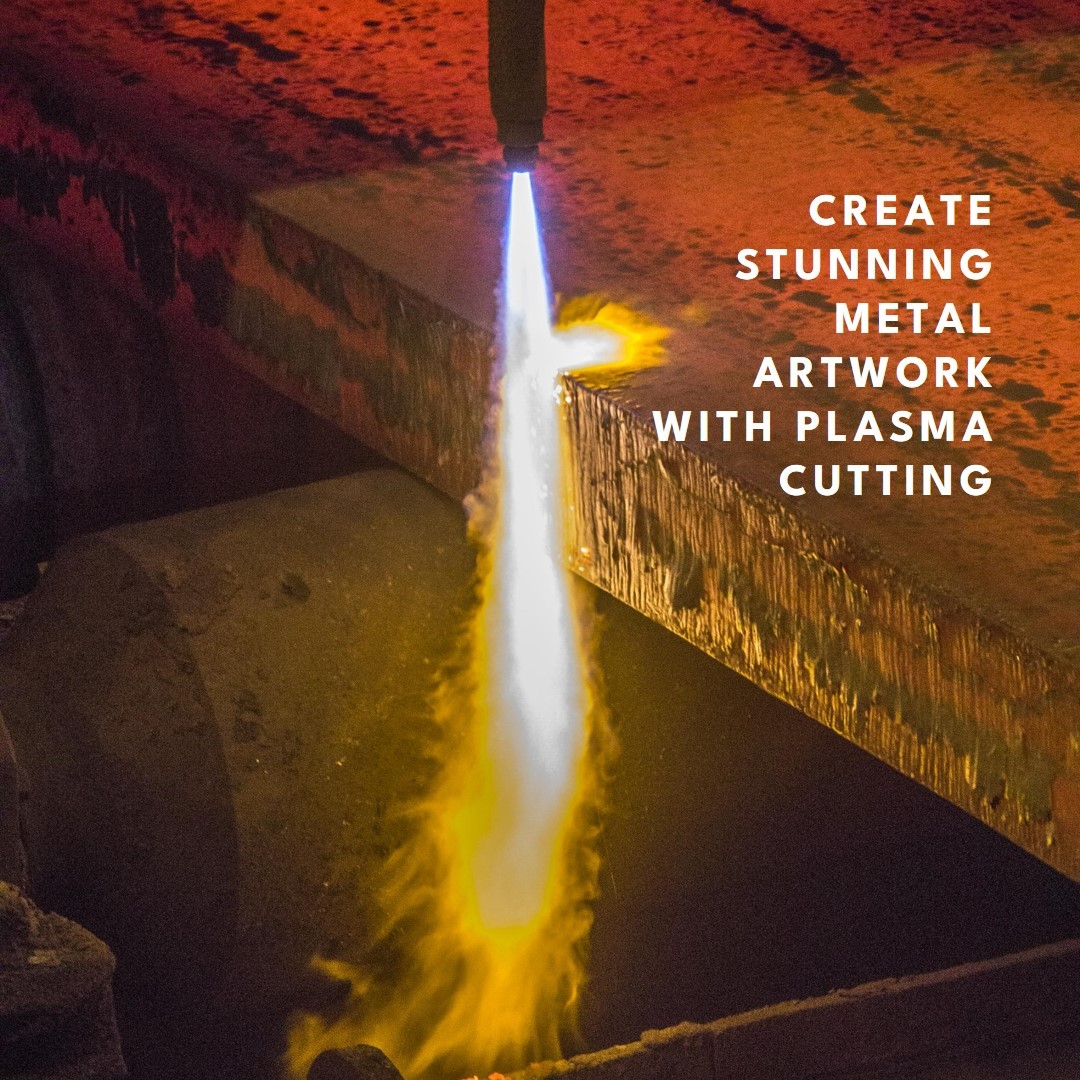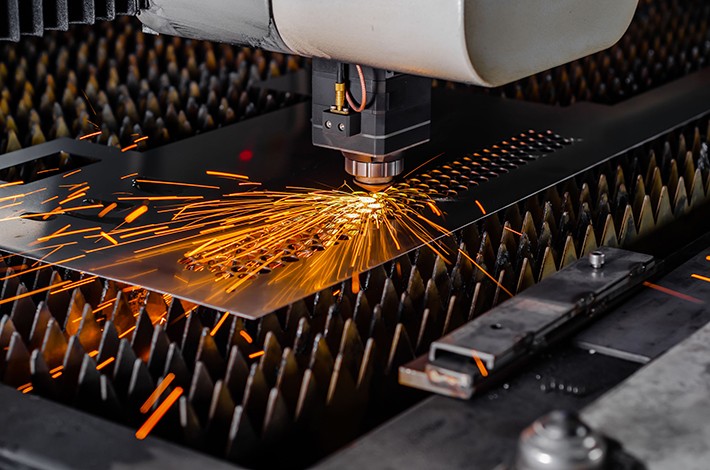NEWS
Flame cutting, plasma cutting, and laser cutting are the three major way of metal process industry, they all have a extensive variety of customers within the marketplace. they are extraordinary in cutting accuracy, cutting fee, and reducing process. each method technique has its own pros and cons. while processing merchandise, the right cutting technique method have to be decided on in line with the particular scenario.
1. Flame Cutting: this technique uses the thermal energy of the fuel flame to preheat the reducing region of the workpiece to the combustion temperature, and then sprays out a excessive-velocity cutting oxygen flow to burn it and release warmness to perform cutting. use oxygen + acetylene or propane.
① Cutting Effect: exact inclination perspective, big vicinity tormented by heat, big amount of slag, and massive product rework;
②Manufacturing Ability: sluggish cutting velocity and preheating time will boom the wide variety of perforations;
③Working Costs: the manufacturing efficiency is low and transform is required, resulting within the value of a single operation being better than that of plasma cutting;
④Maintenance Method: typically the operator can hold it by himself.

A) Advantages: huge cutting thickness, obvious benefits in performance after the thickness exceeds 50mm, which can attain 150mm.
B) Disadvantages: generally used for reducing low carbon metal, it can not cut high carbon metal, chrome steel, solid iron, etc. thick plates are severely deformed and tough to perform.
2. Plasma Cutting: a way that makes use of gasoline discharge to form the warmth strength of a plasma arc to attain cutting. the warmth generated whilst the arc and fabric burn lets in the fabric to continuously burn via the cutting oxygen and be discharged via the reducing oxygen to form a kerf. an air compressor needs to be connected when the use of it.
①Cutting Effect: proper inclination angle, small area laid low with warmth, essentially no slag content, and true reducing effect;
②Manufacturing Ability: fast reducing velocity and rapid perforation pace of metallic materials of numerous thicknesses;
③Working costs: the carrying components have long service lifestyles, properly manufacturing efficiency, fantastic reducing nice, and occasional unmarried operation value;
④Maintenance Method: normally the operator can perform appropriate maintaince on a few components.

A) Advantages: the reducing efficiency is maximum while the thickness is inside 6~20mm (pace is 1400~4000mm/min). it may be used for cutting chrome steel, aluminum, copper, solid iron, carbon metallic and different metal substances.
B) disadvantages: extensive incision, large warmth-affected zone (approximately zero.25mm), obvious workpiece deformation, extreme twists and turns within the reducing, and extra pollutants.
3. Laser Cutting: a technique that uses excessive-strength density laser beams to regionally heat the workpiece to evaporate the heated components to gain cutting.
①Reducing Quality: exact inclination attitude, small region tormented by warmth, essentially no slag content, and good or maybe top notch satisfactory cutting results can be done under the narrowest curvature circumstance;
②Manufacturing Ability: the reducing torch can be detached quick, which improves production efficiency. it is extraordinarily fast while cutting metallic substances with a thickness much less than 6mm. the thicker the steel, the slower the reducing velocity and the longer the steel perforation time;
③Working Costs: due to the consumption of power and fuel, excessive maintenance expenses and comparatively low reducing speed when cutting thicker materials, the price of a unmarried operation is excessive;
④Maintenance method: professional and technical personnel are required to finish complicated upkeep.

A) Advantages: the cutting variety could be very wide, each metallic and non-metal can be cut, and the cutting width is small, the precision is high (as much as zero.01mm), the cutting surface roughness is right, the cutting velocity is rapid (suitable for skinny plate cutting), and the warmth the location of impact is small.
B) Disadvantages: the system value is excessive, it's miles suitable for thin plate reducing, and the cutting performance of thick plates is extensively decreased.
#Flamecutting
#plasmacutting
#laser cutting
#metalprocessing
#
Leave A Message
If you are interested in our products and want to know more details, please leave a message here, we will reply you as soon as we can.
